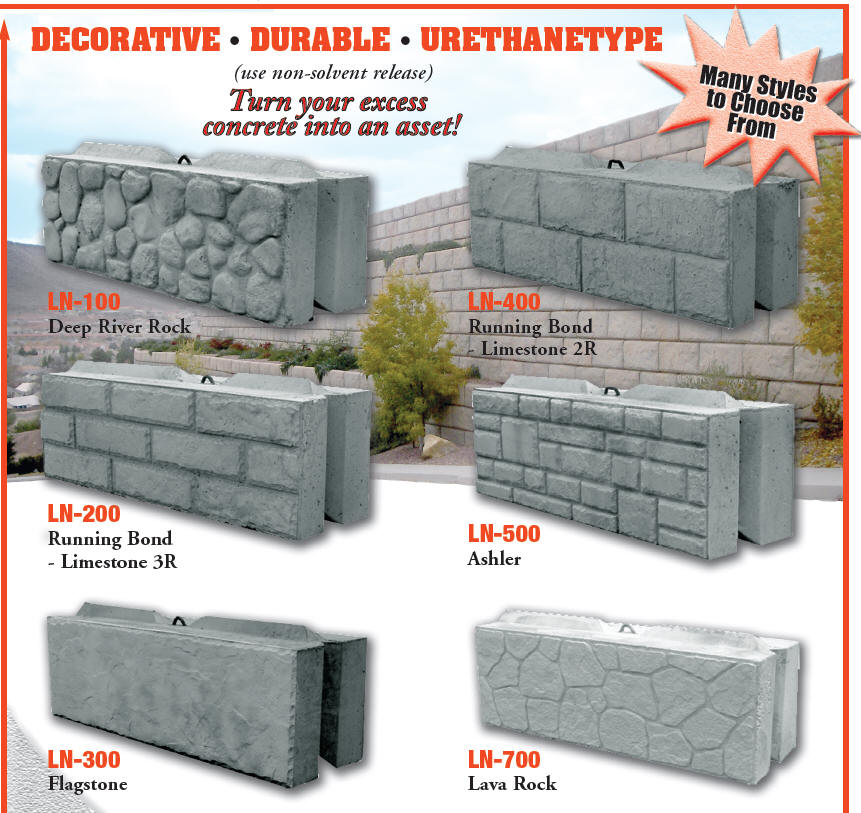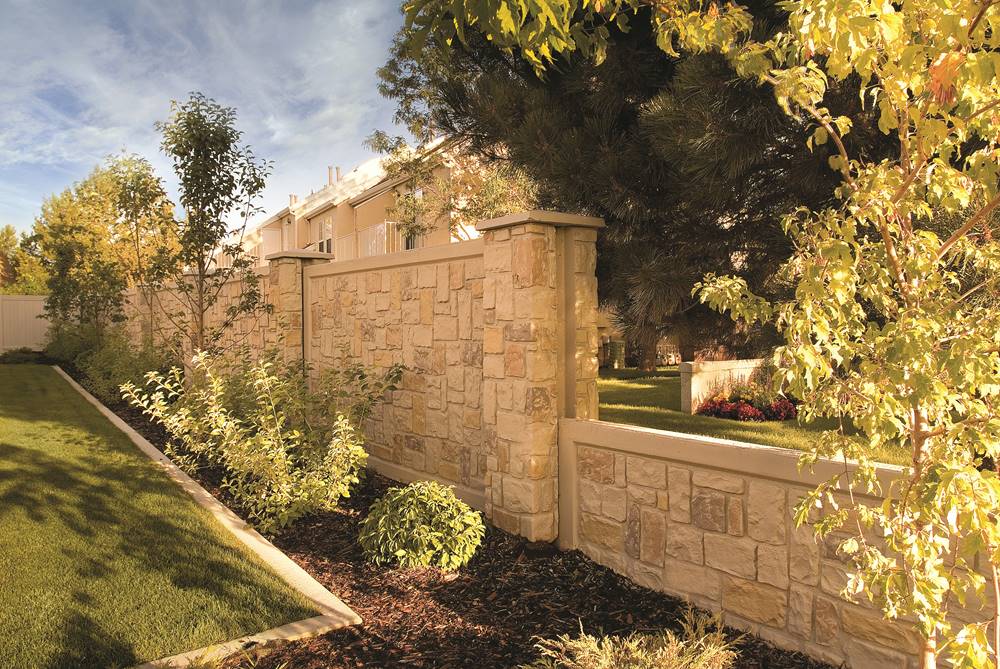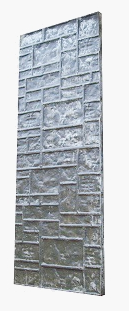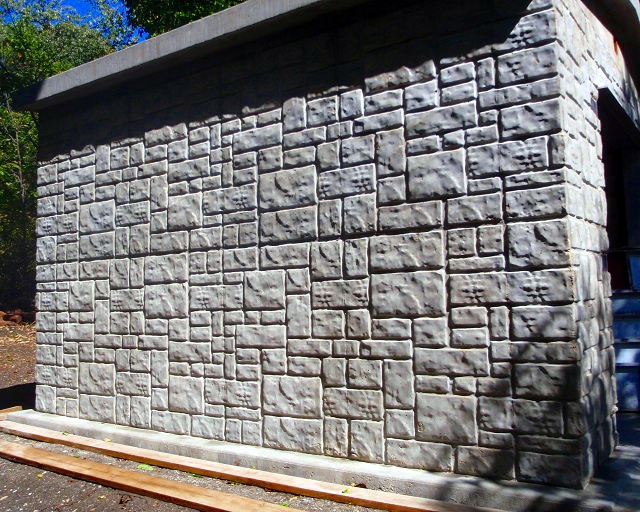Concrete has come a long way from being a simple building material. Today, decorative concrete forms offer endless possibilities for beautifying both indoor and outdoor spaces. Having worked on various projects, I can attest to the incredible transformation decorative concrete can bring. In this guide, we’ll explore what decorative concrete forms are, their benefits, installation methods, and much more!
What Are Decorative Concrete Forms?
Decorative concrete forms are molds or frameworks used to create architectural features from concrete. Unlike standard concrete pours, these forms allow for various shapes, textures, and designs, enabling creativity in construction and landscaping.
Types of Decorative Concrete Forms
There are multiple types of decorative concrete forms, each with its unique characteristics and applications:
- Precast Concrete Forms: These are cast in a controlled environment and can be transported to the site. They are ideal for structures like benches, fountains, and pillars.
- Form Liners: Used with poured concrete, they create textures and patterns on the surface. They are excellent for creating custom wall designs.
- Concrete Stamps: These are applied to freshly poured concrete to create patterns resembling brick, stone, or tile.
- Concrete Overlays: Thin layers of decorative concrete applied over existing surfaces can mimic higher-end materials.
Benefits of Using Decorative Concrete Forms
Using decorative concrete forms offers numerous advantages:
- Versatility: They can be used in various applications, such as driveways, patios, walls, and walkways.
- Aesthetic Appeal: Decorative concrete can dramatically enhance the beauty of your property.
- Cost-Effective: Often less expensive than natural stone or brick while providing a similar look.
- Durability: Concrete is resistant to weather conditions, pests, and decay.
Personal Experience with Decorative Concrete Forms
In my experience, one of the most satisfying projects involved using concrete stamps for a client’s patio. The transformation was incredible. We started with a plain, gray slab, but after applying stamps to mimic rustic wood, the patio became a beautiful outdoor space for gatherings. Seeing the delight on my client’s face was priceless.
Installing Decorative Concrete Forms
Installation processes can vary based on the type of decorative concrete forms used. Here’s a breakdown:
Installation of Precast Concrete Forms
- Prepare the site by clearing debris and leveling the ground.
- Set the forms in place, ensuring proper alignment.
- Pour concrete into the forms and smooth the surface.
- Allow to cure before removing the forms.
Using Form Liners
- Set up the forms to the desired shape.
- Place the form liners within the molds.
- Pour your concrete mix and vibrate to eliminate air bubbles.
- Remove liners after curing is complete.
Applying Concrete Stamps
- Pour and spread concrete, then let it set slightly.
- Apply a release agent to prevent stamps from sticking.
- Press the stamps into the concrete, ensuring full contact.
- Remove the stamps and apply a sealant for protection.
Comparison of Decorative Concrete Forms
| Type | Cost | Durability | Design Options | Installation Complexity |
|---|---|---|---|---|
| Precast Concrete Forms | Medium | High | Limited | Easy |
| Form Liners | Low | High | Customizable | Medium |
| Concrete Stamps | Medium | High | Varied | Advanced |
| Concrete Overlays | Medium | Medium | Flexible | Medium |

Pros and Cons of Decorative Concrete Forms
Pros
- Highly customizable to fit any design style.
- Relatively low maintenance compared to natural materials.
- Can increase property value.
- Weather-resistant and long-lasting.
Cons
- Can crack over time if not properly installed or maintained.
- Initial costs can be higher than traditional concrete.
- Some may require professional installation for best results.

Maintaining Decorative Concrete Forms
Regular maintenance is critical to preserving the beauty of decorative concrete forms:
Cleaning
Use a mild detergent and a pressure washer to clean the surface. Avoid harsh chemicals that could degrade the finish.
Sealing
Apply a concrete sealant every few years to protect against stains and moisture penetration.

Repairing Cracks
Fill any cracks with a suitable concrete filler to prevent them from worsening.
FAQs about Decorative Concrete Forms
1. How long do decorative concrete forms last?
With proper installation and maintenance, decorative concrete forms can last for decades, providing a long-lasting beautiful appearance.

2. Are decorative concrete forms suitable for outdoor use?
Yes, many decorative concrete forms are designed for outdoor use and can withstand various weather conditions.
3. Can I install decorative concrete forms myself?
While some types, like form liners, can be manageable for DIYers, others, like concrete stamps, may require professional expertise for the best results.

4. What is the difference between decorative concrete and regular concrete?
Decorative concrete is designed to enhance the aesthetic appeal with textures, colors, and patterns, while regular concrete is primarily functional.
5. Do decorative concrete forms require a lot of upkeep?
Generally, decorative concrete requires less upkeep than natural materials. Regular cleaning and sealing can keep them looking their best.

Conclusion
Decorative concrete forms offer an innovative way to enhance your home or business property with beauty and durability. Whether you’re considering a new patio, a unique walkway, or eye-catching walls, there’s a decorative concrete solution for you. With the right information and tools at hand, you can transform any space into a stunning area that reflects your style.
So, are you ready to dive into the world of decorative concrete? The options are endless, and your imagination is the limit!